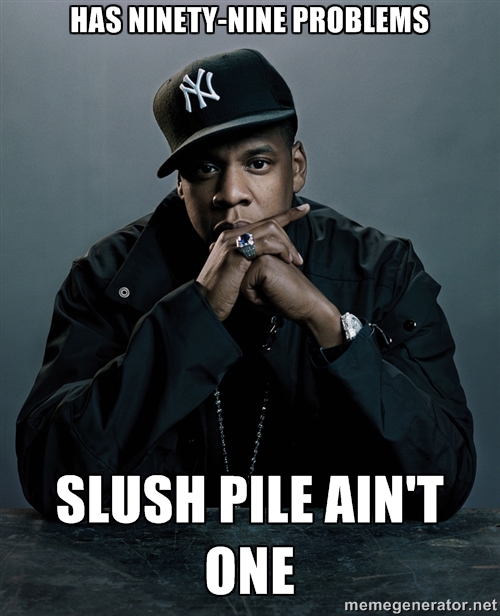Lost Classics: Equal Danger
Equal Danger
Leonardo Sciascia
New York Review of Books Classics, October 2003
152 pages
$14.00
[Editor’s note: Every few months, Akshay Ahuja will dig into the archives for an old book that has either fallen out of favor or never received the recognition it deserves. Feel free to add suggestions for future rediscoveries in the comments.]
Detective novels, despite their conventional elements, have long been formidable vehicles for social criticism, especially in America. As literary writing became more domestic, novels of crime and detection continued to take in great swathes of society, from the slums to the corridors of power, and often communicated a sense of pervasive corruption and injustice.
Leonardo Sciascia, the great Sicilian writer, is a master at using the detective novel for his own dark purposes. Equal Danger begins with a series of judges being murdered. Sciascia’s detective, Rogas, suspects that the perpetrator is someone who was falsely convicted and then released; eventually, he hones in on a man charged with poisoning his wife.
The evidence, on re-examination, suggests that the wife was trying to frame her husband, but she has long since disappeared. In a normal mystery, she would be found living with a new identity, while her husband, the killer of judges, saved her death for last. The police would converge on the wife’s mansion one night and find the lock already broken…
But none of this happens. The killer’s trail goes cold. People in the department tell Rogas to investigate other, obviously futile leads. Rogas soon realizes that he is being followed; the tentacles of an enormous monster, he senses, have started to surround him.
One of the things that is comforting about detective novels, even when perfect justice is not done, is that we are given a description of this monster—the various ways in which government and industry and organized crime collude to shape society to their own ends. Even when the creature stays on the loose, as he usually must, there is pleasure at least in getting a good look at him.
Sciascia denies us this pleasure, but the thrill of a book like Equal Danger (the labyrinthine philosophical conversations, the flooring twist at the end) is as much in its frustrations as its satisfactions, because one senses that Sciascia refuses to follow these conventions out of a devotion to the truth rather than a desire for novelty. In our world, he seems to be saying, it is impossible to see the monster whole, because the monster cannot even see itself. In another realistic touch, the monster depicted in Sciascia’s novels is actually quite incompetent—it crushes irritations through sheer bulk rather than intelligence or skill.
I have already given away too much, so let me stop. In Sciascia’s subversive mysteries—To Each His Own, also republished by New York Review Books, is another favorite of mine —we begin with a simple crime and end by taking in the whole wounded society. These books will stay with you, I promise, long after the other pulpy paperbacks have been abandoned on the beach.


